When it comes to staying hydrated, water is the gold standard. But what about sparkling water? With its effervescence and refreshing taste, it has become a popular alternative. Let’s dive into the differences between still water and sparkling water, and explore which option might be best for you.
1. Composition
- Still Water: This is simply… water… devoid of any added minerals or carbonation. It can come from various sources, including spring water, well water, or tap water, and is typically treated to ensure it’s safe for consumption.
- Sparkling Water: Also known as carbonated water, sparkling water is infused with carbon dioxide under pressure, giving it its signature bubbles. It can be either naturally carbonated (from mineral springs) or artificially carbonated.
2. Mineral Content
- Still Water: Depending on its source, still water may contain various minerals like calcium, magnesium, and potassium. Mineral water, for example, is sourced from mineral springs.
- Sparkling Water: Many brands add minerals to enhance flavor, such as sodium or bicarbonate. This can contribute to its taste
3. Taste and Sensation
- Still Water: Generally has a neutral taste, making it a versatile choice for hydration. Its lack of carbonation means it’s better if you are prone to gas or reflux.
- Sparkling Water: The carbonation gives it a fizzy, refreshing quality that many people enjoy. However, for some, the bubbles can lead to bloating or discomfort, especially if consumed in large quantities.
4. Hydration
Both still and sparkling water can hydrate effectively. The key is to choose the option that you enjoy the most, as you’re more likely to drink enough of it. Some studies suggest that sparkling water may even increase feelings of fullness, which could satisfy a sensory need.
5. Health Considerations
- Acidity: Sparkling water is slightly more acidic than still water, which has raised concerns about its potential effects on dental health. However, moderate consumption is generally considered safe. Rinsing your mouth with plain water afterward can help mitigate any risks.
- Sodium Content: Some sparkling waters can contain added sodium, which may not be suitable for those on a low-sodium protocol. Some have added sugars or caffeine as well, so always check labels.
6. Environmental Impact
When choosing between still and sparkling water, consider the environmental impact. Bottled water, whether still or sparkling, often has a larger carbon footprint than tap water. If you prefer sparkling, consider investing in a soda maker to carbonate your own water at home. Beware the spraying accidents.
Whichever choice of water you choose, we’re definitely happy you’re even asking this question, and not choosing soda.

